How to support technology adoption?
Estimated reading time: 7 minutes
At TL Tech we’ve been on quite a journey when it comes to supporting technology adoption, going from installing tech in people’s houses to creating DIY resources to empower people to have a go themselves setting up tech solutions like the Amazon Alexa smart speakers.
We’ve also had the pleasure of collaborating with organisations on their tech journeys and we’re really excited to see momentum growing in the consumer electronics space, promoting its use as a tool in providing people with greater agency and independence. For us, technology shouldn’t be about monitoring but should feel supportive and engaging, people need to enjoy using it.
In this blog, I’ll share some of our top tips when it comes to technology adoption for healthy ageing and social care and highlight some initiatives that are helping to address the skills the industry will need to meet future demand.
Our top advice to help you get started utilising smart speakers in your practice
There are four areas (and a bonus fifth) that are really important when it comes to successful tech adoption at a consumer level:
- Identify champions in your organisation and within the network of people you support to lead this, don’t make it about formal things – the most successful way to help people try new tech is to find the things that they enjoy, like music, cooking and calling family. Then go from there as their confidence grows.
- Make sure to have a conversation about privacy and data concerns and be able to support people to make informed choices about how their data is managed. If you need help with this you can check out our guides on cyber security (https://www.tltechsmart.com/2020/06/14/smart-home-security-tips/) and also how to manage Alexa data (https://www.tltechsmart.com/help/alexa-deleting-recordings/).
- Think about setting up a tech space where people can see devices, and a tech library for people to try out devices at home. We have an amazing Smart Caravan, that is fitted out with tech, that acts like a mobile showroom.
- Lastly, don’t get caught up in all the hype about ChatGTP and generative AI. There has been a massive growth in awareness about these technologies even though they have been around for a while. My advice would always focus on the use cases and start simple, rather than overcomplicating and over-engineering solutions. We’re asked about technologies like ChatGTP a lot now and are aware of some of the limitations and issues. There is of course an issue with data privacy, particularly for sensitive information like health data and the language models can get a little too creative, having what people in the conversational AI sphere call hallucinations. According to Google’s Bard, TL Tech have won an FSB Scotland Business Excellence Award and are on the Scottish Enterprise Business Growth Accelerator, while we have won awards and been on accelerators, neither of these two facts are true. We are looking at the Generative AI use cases for our Kindspace application and the ALISS My Scottish Community voice app. These could be good candidates as we have our own existing databases on which to train the language model. Definitely be curious, but don’t think that ChatGPT is the magic answer to every tech or data problem.
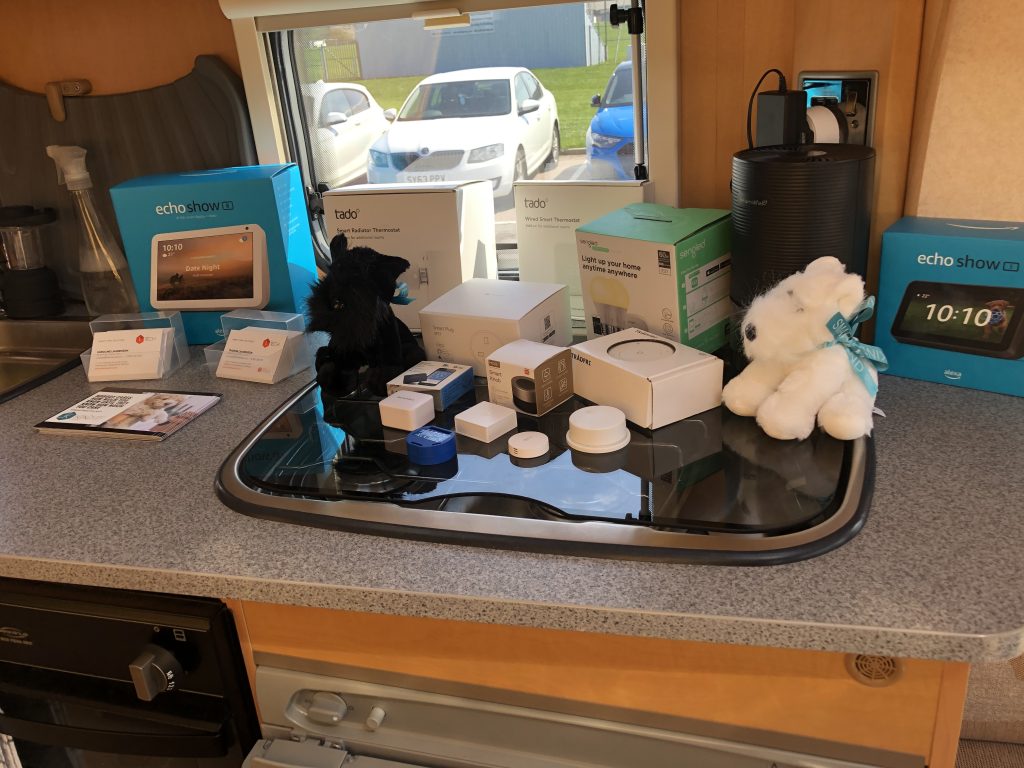
Above all, make sure that you include your key stakeholders in what you’re doing and be guided by their input and feedback. We have experience in leading co-design workshops and engagement sessions to gather input on requirements and views on technology usage. If this is something you’d like support with, we’re happy to share in more detail our lessons learned.
Future skills considerations
We are acutely aware that with the growing number of homes adopting smart home solutions and the increased use of consumer electronics to support people in their homes that we will need more people with the skills to design, install and most importantly maintain these systems.
Schools Outreach
Inspiring the younger generation is something we’re really passionate about at TL Tech. Many schools struggle with STEM subjects as teachers can lack confidence in their abilities to deliver activities in more complex areas like science and engineering. We’ve created some resources for teachers including an inclusive design activity, where the young people are encouraged to design a smart space that caters to the needs of the people using the space. We get them to imagine what the design requirements would be if they had sight loss for example, or if they had mobility difficulties. What would make the space work better for everyone so that people felt included no matter what their abilities were?
Our most fun resource is our smart dolls house. Kids and grown-ups can have a play and get an insight into the world of smart home engineering. There’s a mini programmable TV screen and disco lights in the attic.
If you have an event planned and you’d like us to come along with our smart dolls house, we’d be delighted to support you. We were recently in Fife for a Family Fun Day organised by the Aberdeen Science Centre.

Further and Higher Education
At the moment, there aren’t any direct study pathways to become a smart home engineer. Learning typically utilises online resources and applying them on the job, with people coming into the fields from other areas such as electrical and electronic engineering.
We were delighted to work with Fraserburgh college to build a smart home teaching resource that allows students to see how a variety of smart home technologies work, where they can programme their own automations and the Perspex on the back allows them to learn about the wiring and hardware connections.

We’ve also connected with our local universities to share an insight into the work we do and to collaborate with the students on projects that count towards their coursework. Last year we worked with three teams of students who created a mock-up of a dashboard system that would allow people to see an overview of their data from their interactions with Kindspace on their smartspeaker. We take on summer students regularly on paid placements and currently have an apprentice working with us.
New Professional Pathways
Perhaps the most exciting initiative at the moment is the Care Technologist programme led by Scottish Care. In the future, all care organisations will have teams that will lead technology adoption for the people that they support and to help ensure that their carers have more time to deliver personalised care to individuals. I’d encourage you to get in touch with the team at Scottish Care to find out more about how they are defining this new professional pathway.
Here’s a link with further information on the project: https://scottishcare.org/the-care-technologist-project/
Be Inquisitive
One of the best things about working in this field is being able to make a tangible difference in people’s lives. We don’t want people to miss out on the benefits of technology because they feel overwhelmed or worried about how the technology works. And we don’t want people to think it’s too expensive as often the simple and more affordable solutions work a million times better than something more digital and integrated. Starting small with a single use case and building from there is a perfectly valid approach, the same goes for anyone looking to get into a career in this field. Be inquisitive like we have been and you never know where it might lead.


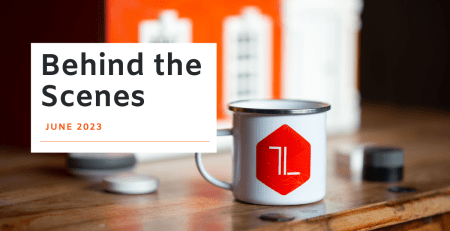
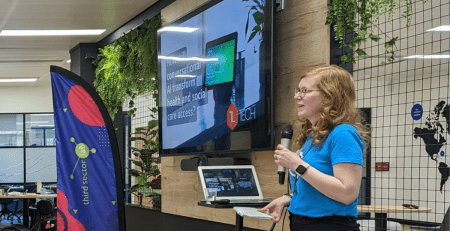

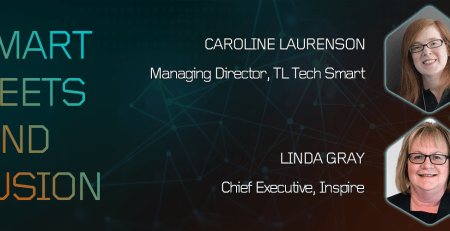
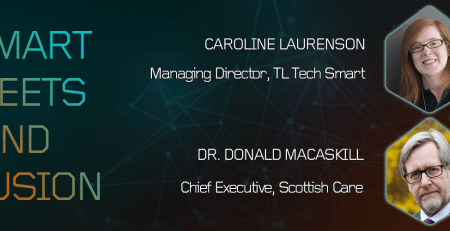



Leave a Reply